Chemical Warfare Cures Common Cold
 Monday, September 2, 2013 at 9:31PM
Monday, September 2, 2013 at 9:31PM The public perception about chemical weapons had an auspicious moment, promising in an odd way that it was designed to humanly disable or kill enemies in combat while offering a positive biological medicinal value - to cure the common cold.
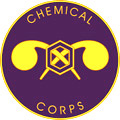 "The Chemical Warfare Service was established on June 28, 1918. Combining activities which until then had been dispersed among five separate agencies of Government, it was made a permanent branch of the Regular Army by the National Defense Act of 1920. In the act of 1945, it was redesignated the Chemical Corps.
"The Chemical Warfare Service was established on June 28, 1918. Combining activities which until then had been dispersed among five separate agencies of Government, it was made a permanent branch of the Regular Army by the National Defense Act of 1920. In the act of 1945, it was redesignated the Chemical Corps.
The specialty of the officers of the U.S. Army Chemical Warfare Service (CWS) had been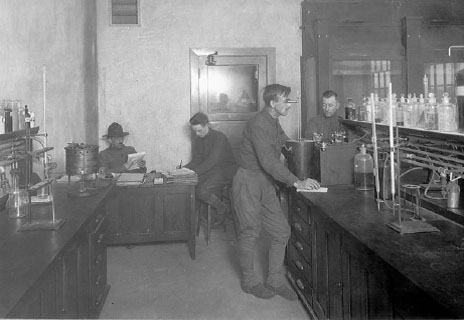 Researchers in a chemical lab at the Army’s Edgewood Arsenal in Maryland, ca. World War I. invaluable during the First World War. The nations that fought each other in the trenches of France made widespread use of poisonous gasses. Fighting in a place where chemical weapons attacks were a commonplace occurrence, soldiers relied on the Chemical Warfare Service (CWS) to help them protect themselves from enemy gas and to manufacture and deploy America’s own weapons against the enemy. It is ironic, then, that once the war ended the service itself would come under attack; not from foreign enemies but from Americans.
Researchers in a chemical lab at the Army’s Edgewood Arsenal in Maryland, ca. World War I. invaluable during the First World War. The nations that fought each other in the trenches of France made widespread use of poisonous gasses. Fighting in a place where chemical weapons attacks were a commonplace occurrence, soldiers relied on the Chemical Warfare Service (CWS) to help them protect themselves from enemy gas and to manufacture and deploy America’s own weapons against the enemy. It is ironic, then, that once the war ended the service itself would come under attack; not from foreign enemies but from Americans.
The U.S. Chemical Warfare Service (CWS) 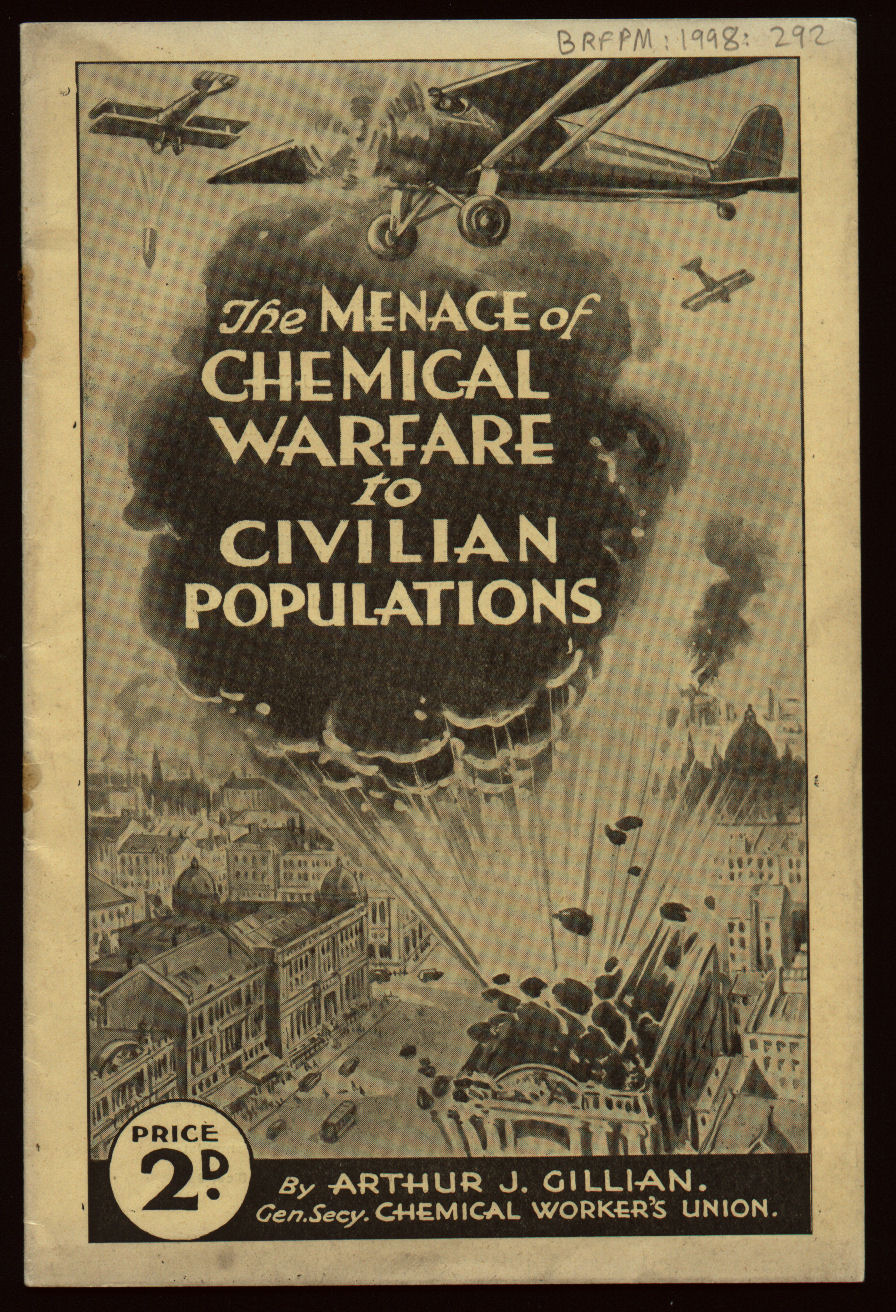 tried to change public opinion about chemical weapons in the 1920s, how well did they succeed? Along with their literary efforts, the officers of the CWS also worked hard to popularize themselves by experimenting with new uses for old gasses throughout the early 1920s. They believed that one reason for public apprehension about chemical weapons was that war gasses had no real peacetime uses. They labored to find such uses so that the American public and the military would look more favorably on the work of the CWS.
tried to change public opinion about chemical weapons in the 1920s, how well did they succeed? Along with their literary efforts, the officers of the CWS also worked hard to popularize themselves by experimenting with new uses for old gasses throughout the early 1920s. They believed that one reason for public apprehension about chemical weapons was that war gasses had no real peacetime uses. They labored to find such uses so that the American public and the military would look more favorably on the work of the CWS.
In his 2001 book 'War and Nature', Edmund Russell described the relationship between the military, the commercial chemical industry, and the American public in the development of insecticides and other pest poisons in the 1920s. The CWS was a key participant in this story, since they were the military branch that dealt most with chemical weapons and had the closest relationship with the commercial chemical industry. Helping to develop insecticides was an important way that the CWS promoted new uses for old war gasses. Some were initially skeptical of the potential of poison gas as a fumigant. In 1921 the Department of Agriculture publicly announced that they did not support the CWS’s pesticide experiments.
In the face of such doubts, however, Army researchers eventually figured out ways to kill pests with chemicals originally designed to kill humans. The CWS’s insecticide program stands out as one of their best known and successful postwar projects. They were able to use it to help convince Americans of the utility of war gasses and the soldiers who dealt with them. But their success with insects was the exception rather than the rule. Many of their other attempts to find uses for war gasses in the 1920s failed.
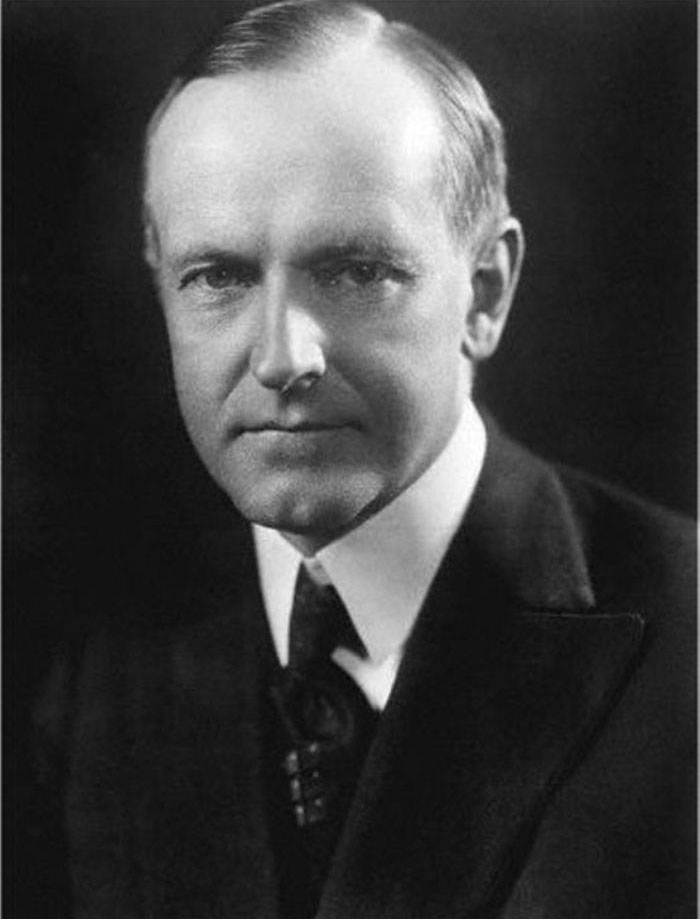 President Calvin CooliidgeThe CWS publicized this research into poison gas treatments for respiratory ailments as a breakthrough in the treatment of disease. They organized a series of publicity stunts to advertise the healing power of chlorine gas. In May 1924 the CWS sealed President Calvin Coolidge into a gas chamber and pumped in low levels of chlorine gas to cure his cold. After 45 minutes inside the chamber, Coolidge emerged and returned to work. A representative of his administration told reporters that the President felt much better, and that “all of the depression and lack of energy that accompanies a cold . . . had disappeared.” Apparently, spending almost an hour alone in a gas chamber breathing poison fumes could put the spring back in your step. Coolidge was so pleased with the results that he returned for a second treatment the next day, but this time brought his wife to sit with him in the chamber while the gas was being administered. She did not have a cold, but reportedly wanted to experience the process anyway. After a third treatment on the third day, President Coolidge reported that his cold was gone.
President Calvin CooliidgeThe CWS publicized this research into poison gas treatments for respiratory ailments as a breakthrough in the treatment of disease. They organized a series of publicity stunts to advertise the healing power of chlorine gas. In May 1924 the CWS sealed President Calvin Coolidge into a gas chamber and pumped in low levels of chlorine gas to cure his cold. After 45 minutes inside the chamber, Coolidge emerged and returned to work. A representative of his administration told reporters that the President felt much better, and that “all of the depression and lack of energy that accompanies a cold . . . had disappeared.” Apparently, spending almost an hour alone in a gas chamber breathing poison fumes could put the spring back in your step. Coolidge was so pleased with the results that he returned for a second treatment the next day, but this time brought his wife to sit with him in the chamber while the gas was being administered. She did not have a cold, but reportedly wanted to experience the process anyway. After a third treatment on the third day, President Coolidge reported that his cold was gone.
In the months that followed the gassing of the President, General Amos Fries, Head of the CWS, and the rest of the CWS had to defend the chlorine gas cure against critics. In 1925, when the New York Department of Health called the Chemical Warfare Service’s record of success exaggerated, Amos Fries publicly defended the cure again as a breakthrough. As evidence, he offered the results of the largest publicity stunt they had yet attempted. In a committee room on Capitol Hill, the CWS gassed 23 Senators, 146 House Members, and 1,000 of their staff members, friends, and family. Fries said that “no accurate record was kept of these cases,” but concluded that the majority of them were cured of their ailments by poison gas. Later that year the University of Minnesota conducted a controlled experiment with both patients who had been administered chlorine gas and patients who had not. The University of Minnesota was able to demonstrate empirically that both sets of patients recovered at the same speed, proving war gasses were useless as a medical treatment - They failed to cure the common cold."
Factoid:
In my research an interesting dynamic was revealed that defines the "Military-Industrial-Complex", ominously "MIC", was made famous by President Dwight D. Eisenhower in his 1961 farewell address. The term is used anachronistically to refer to the 'merchants of death' debates in the 1930s over the alleged conspiracy of arms manufacturers and bankers for U.S. intervention in World War I. In these cases, there is no complex of military-industry at work. Instead, industry employs bribery and propaganda to increase profits and alter government policy.
In the 2001 'War and Nature', Edmund Russell described the relationship between the military, the commercial chemical industry, and the American public in the development of insecticides and other pest poisons in the 1920s after World War I. The manufacturing of poisonous gases relied on the manufacturer of dye which contained the necessary ingredients for chemical weapons, At the turn of the twentieth century, the United States imported much of it from Germany. Upon entry into WWI in April, 1917, the U.S. relinquished its "neutral nation status" to become an adversary of Germany and thereby ended trade and commerce until after the November, 1918 Armistice Agreement.
During the World War I dye famine, American companies struggled to produce synthetic dyes formerly imported from Germany. There were few American chemists with the requisite know-how of dye-making and this presented a major technology barrier. The demand for domestic dyes was insatiable during the war and selling prices rose spectacularly. In 1914 sulfur black, one of the largest volume dyes used in the textile industry, sold for $0.20 per pound. During 1915 the price soared to $2.75-3.00 per pound.
The daring exploits of chemists, dye manufacturing companies, and governments on both sides of World War I demonstrated the importance of chemical industry trade secrets to the outcome of the war. But also at stake for the victor was the domination of the global economy by superior technology. The war ended the German monopoly of the dye industry, with the U.S. emerging as the world leader.
The trade secrets learned from unraveling the chemistry of synthetic dyes led to new developments in pharmaceuticals, fibers, rubber, plastics and many other products. The U.S. economy is still the world's largest based on continuing advances in research and technology.
So today, the "Military-Industrial-Complex" is subject to the risk and consequences of taking actions in war with the parallel collateral reaction of public scrutiny. End results are the only measurement of war; therefore, the credibility of actions are not fancy rhetoric afterwards but the facts as they are set forth as they speak for themselves.
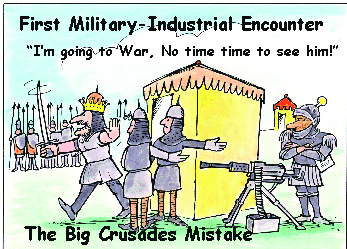


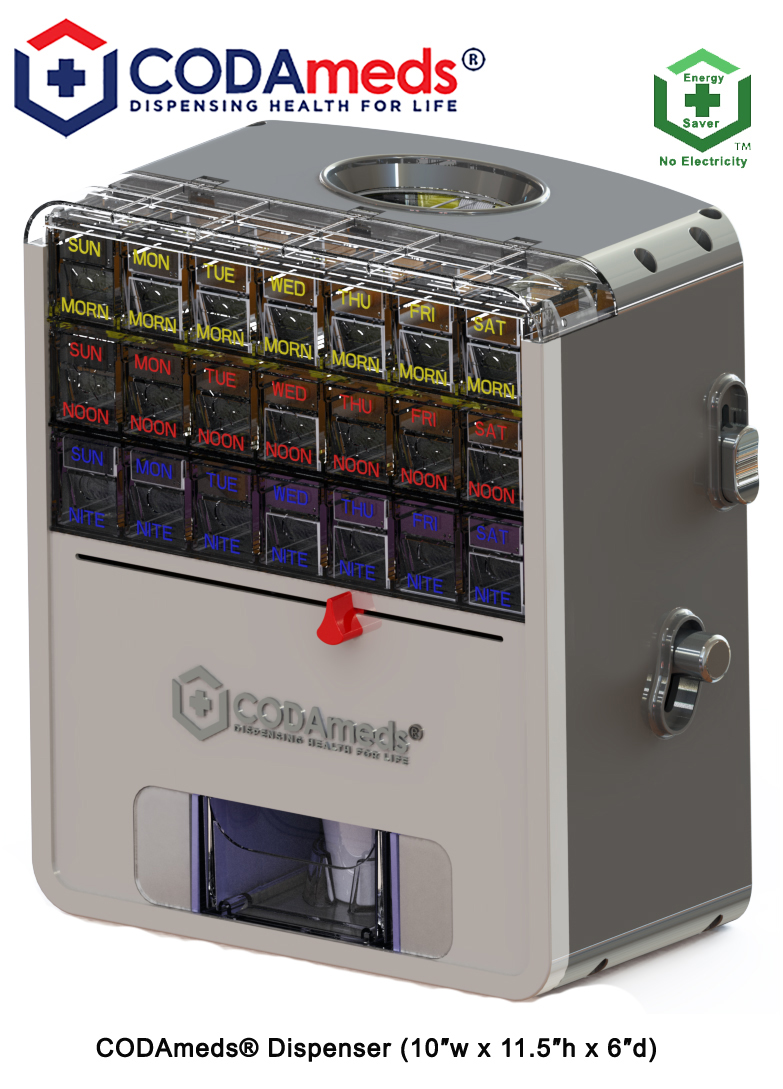

Reader Comments